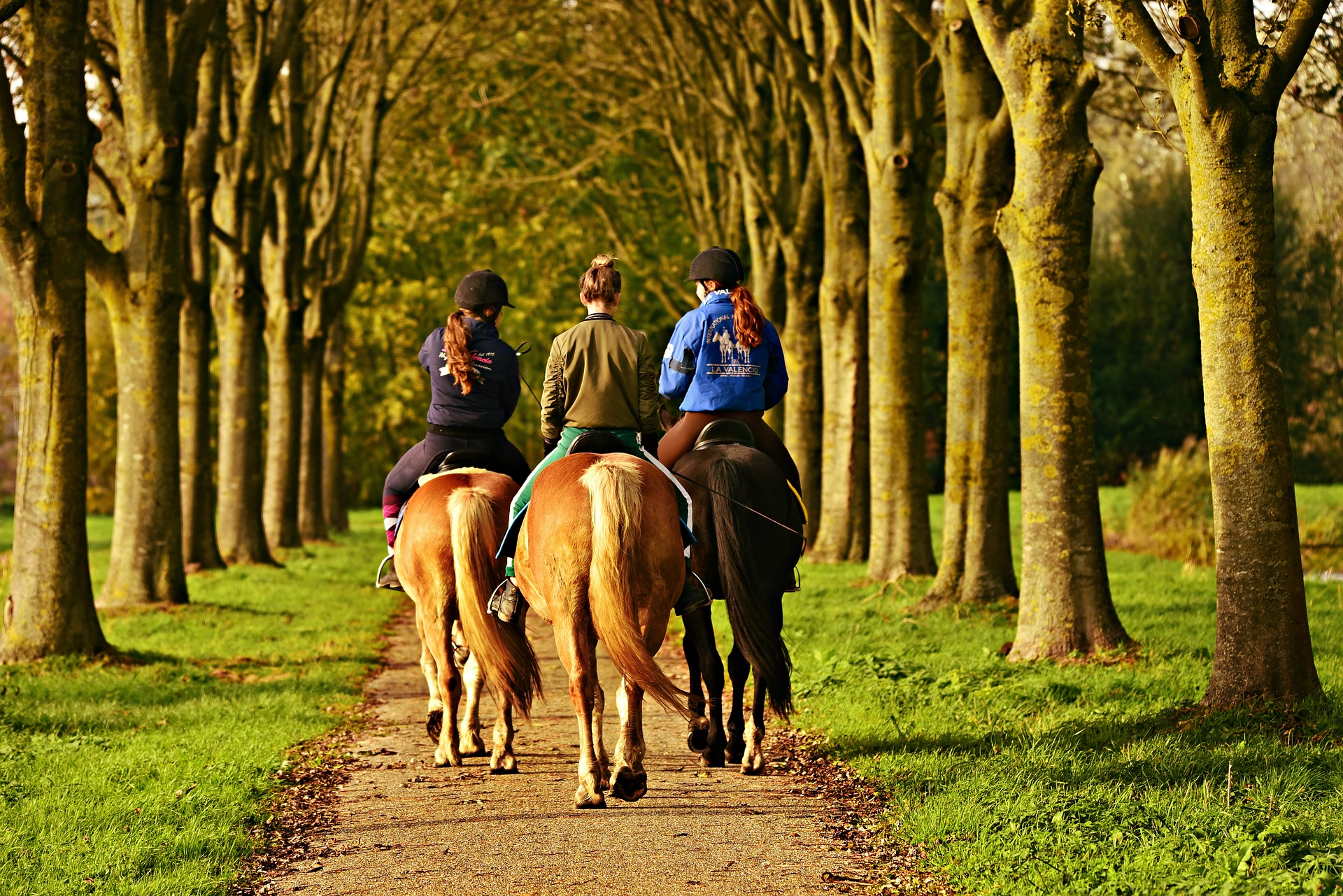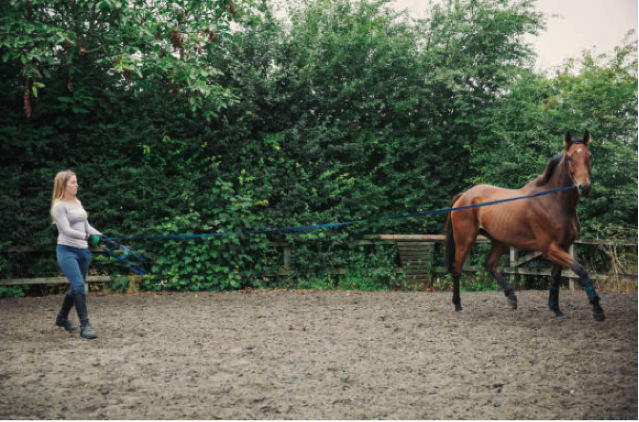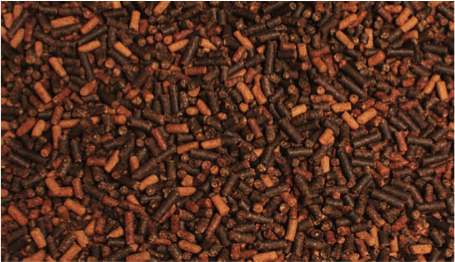Wednesday, September 11, 2019
Summer's coming to an end, the vacations are over. It's time to get back to work, but you don't know where to start? Seaver gives you its advice on how to get your horse back to work after the summer, efficiently and with respect for your horse!

After a more or less long period of rest without any real work, and before wanting to put your beloved companion back to work, you need to check that all is well ! Is he in good health? Has he put on weight or lost weight? Is he suffering from any injuries? Putting a horse back to work must be done gradually. gradually.

A veterinary consultation is recommended to a complete check-up. You can then make sure that all is well so that you can get back to work with your horse. A consultation with an osteopath may also be useful. This will prevent any injury or poor muscling due to displacement.
The length of your horse's resting period and its state of health prior to resting are factors to be taken into account in order to to define the pace of the return to work as well as duration necessary to and respect for your horse..
If your horse was in good health before his rest period, and this did not exceed 3 weeks, then the return-to-work program should not exceed 2 to 3 weeks. On the other hand, if your horse was in poor condition (injury or other) before its rest period, the return to work should be carried out gently over a period of 3 to 5 weeks. with professional advice. You must also adapt this return to work according to the age of your horse. And let's not forget the discipline practised and the level.
The pace of work should be adapted to your horse's condition. It is necessary to observe a certain regularity in the sessions to ensure effective rehabilitation while favouring short sessions. Don't forget to give your horse one or more days of rest between sessions, giving him the chance to stretch his legs in the paddock (if possible) or by offering him a ride in hand or mounted.

To begin with, it is best to work on foot to get your horse back to work and gradually build up his strength and suppleness. Initial lunging work with 3 gaits and two hands will enable the rider toobserve the way your horse moves and realize what is possible what is possible and at what pace. The longe allows the horse to get back to work gently by being weight of the rider.
Remember to equip your mount with gaiters (and bells) as well as a pair of gloves, a lanyard in good condition, suitable footwear, a chambriere and a bomb. Initially, opt for wide circles to help your mount keep its balance. balance and remember to take breaks. You can gradually increase the length of your lunging sessions. As you go along, you can use rigging (German reins, gogue, elastics, etc.) to guide your horse's attitude and help him build muscle.

You can also do sessions with long reinsas long as you know how to use them properly! Please note that long reins can only be used with an experienced horse for to avoid any risk of accidents. Working with long reins means more precise work and better control of your horse's hips.
After a few sessions working with your horse on foot, it's time to saddle up! The aim is to put the horse back to work and remusclercertain exercises are to be preferred. After a simple relaxation in all 3 gaits to "warm up" your horse's muscles, you can now begin to mobilize.
Many exercises are possible, including lateral displacements, leg cessions, shoulders in (or forward), hips in, variation of external/internal folds, but also round and low horse work to challenge your horse's abs and back. You can also work on transitions to check your horse's reactivity of your horse to aids. The aim is to mobilize your horse as much as possible (progressively) so that your horse regains suppleness and strength. You also need to change exercises regularly to avoid boredom and always end your sessions with a positive exercise.
You can also schedule split workwhich is ideal for improving cardio-respiratory capacity capacity. Fractional work consists of alternating periods of effort with periods of recovery during sessions. As you go along, you can intensify effort times and shorten recovery times.
Working your horse outdoors can also be a good alternative for keep your horse's spirits high, as well as your own in your fitness program! Working outdoors allows you to air out and out of the studious confines of equestrian facilities. Don't hesitate to equip yourself with your Seaver sensor and take the opportunity to test our latest GPS feature 🙂

Setting up a work schedule for your mount will allow you to allocate your work sessions and rest periods according to your horse's evolution. The frequency and intensity of work should increase as the horse becomes accustomed to the pace of work.
To begin with, opt for short sessions as your horse will certainly not be in the condition to hold a one-hour session on the first day back at work. Then gradually increase the difficulty of the exercises as well as intensity intensity of the sessions. Remember to alternating on foot, mounted, fractional and outdoor work to avoid boredom avoid boredom in your horse. The more diversifiedyour horse is, the more likely it is that you'll be able to get him back into the right shape, while keeping his morale !
It is essential toadapt your horse's diet to his physical activity. With the resumption of work, your horse must have a ration adapted to his expenditure. You can ask ask your vet from your vet if necessary. You can also use supplements to help your horse through this recovery.

The selection of supplements by Seaver :
Listening to your horse is the basis of your fitness program. In fact, you need to pay close attention to lyour horse's rate of breathlessness and thus adapt work sessions and recovery phases at walking pace for positive results.
You can also do stretching exercises between work sessions. and stretching exercises between work sessions, your horse will thank you for it, as it will help will save him a lot of aches and pains..

If time allows, you can massage your horse to prevent prevent sorenesshe'll be all the happier for it, and it will help to your relationship. If time does not permit, a good good grooming is enough and will help to improve your relationship, because it's not all work and no play! Spending time with your horse outside work sessions is important and part of getting your horse back to work.
Here are a few exercises by Seaver to find on the app to help you get back to work. Don't hesitate to try them out 😉
Lanyard :
Working on the flat :
SHOW JUMPING :
To download the app :
✅ iOS: https: //apps.apple.com/fr/app/seaver/id1335975186?l
✅ Android: https: //play.google.com/store/apps/details?id=com.seaver.ionicapp&hl
Now it's your turn 🙂
The Seaver team